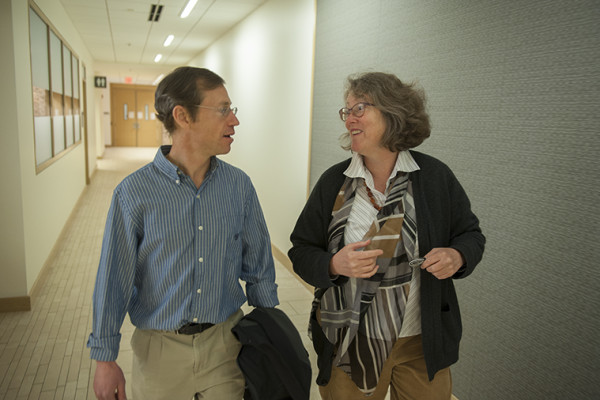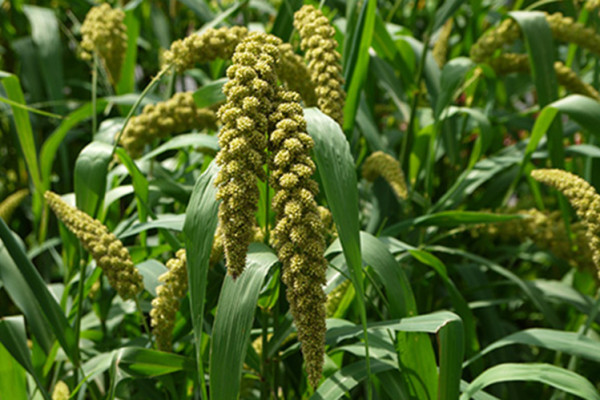More questions than answers as mystery of domestication deepens
A recent interdisciplinary conference that led to the publication of a special issue of PNAS on domestication raised more questions than it answered. Washington University in St. Louis scientists Fiona Marshall and Ken Olsen, who participated in the conference and contributed to the special issue, discuss some of the key questions that have been raised about this pivotal event in human history.
Genetic study tackles mystery of slow plant domestications
Did
domesticating a plant typically take a few hundred or many thousands of years? Genetic studies often indicate that domestication traits have a
fairly simple genetic basis, which should facilitate their rapid
evolution under selection. On the other hand, recent archeological
studies of crop domestication have suggested a relatively slow spread
and fixation of domestication traits. An article in “The Modern View of Domestication,” a special issue of PNAS, tries to resolve the discrepancy.
Deep history of coconuts decoded
DNA analysis of more than 1300 coconuts from around the world reveals that the coconut was brought under cultivation in two separate locations, one in the Pacific basin and the other in the Indian Ocean basin. What’s more, coconut genetics also preserve a record of prehistoric trade routes and of the colonization of the Americas.
What plant genes tell us about crop domestication
Archeobotanists argue that plant domestication involved much trial and error in many different geographic regions over a long period of time. A genetic technique that allows domesticated and wild strains of the same plant to be compared shows that domestication requires only simple genetic changes. Yet the findings don’t contradict the archeobotanical data.


